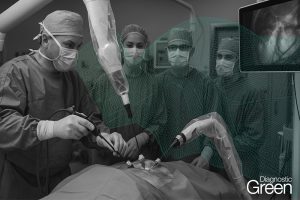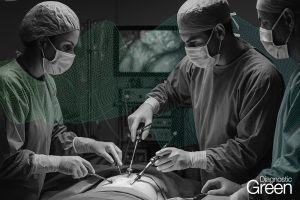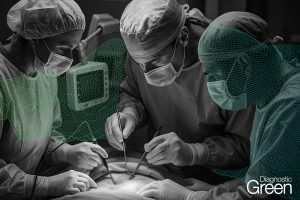Liver transplant surgery is a complex procedure that demands high knowledge of surgical anatomy and the precise recognition and preservation of structures. To address this, the use of fluorescence imaging has facilitated the identification of anatomical structures such as biliary ducts, arteries, and liver segmentation. Indocyanine green is among the most commonly utilized fluorescent agents, not just during surgery but also in the pre- and postoperative phases, where it is used to assess graft failure by measuring the plasma disappearance rate. New advancements such as artificial intelligence paired with fluorescence imaging have the potential to enhance patient outcomes. Additionally, technologies such as augmented reality and mixed reality could be integrated into surgical procedures, broadening the scope of possibilities for improving patient safety.




